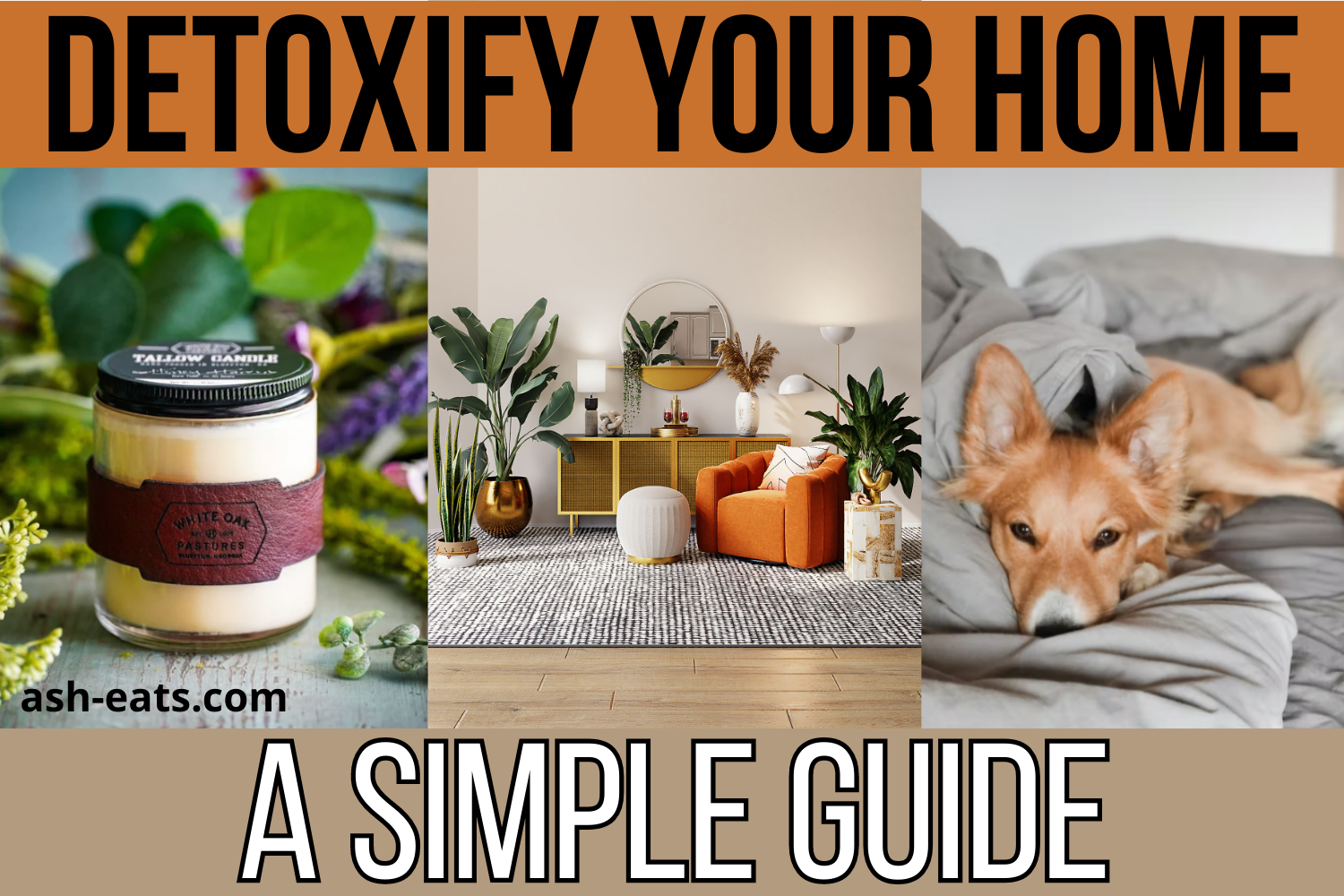
I used to think people who focused on detoxifying their environments down to the most granular aspect – say, the air – were overdoing it.
But the modern world is packed to the brim with toxins. And after years of peeling back that onion, the idea of detoxifying my own household not only no longer sounded silly, it seemed necessary.
All of it matters, and the little things stack. The light you use. The sound you hear. The clothing you wear. The bedding you use. What you wipe your counters with. The candles you burn.
It all contributes to one big picture.
While I don’t think it’s realistic to aim to have a household free of toxins, I do think it is a good idea to minimize your household’s toxic load. This creates the safest, calmest, and purest environment possible for you and your family to exist in.
In recent years, this has been my mission with my own household.
So in this blog post, I discuss how we decrease our toxic load in the following areas:
- food
- supplements
- water
- household products
- beauty products
- EMF
- light
- sound
- air
- clothing
- bedding & furniture
- pet bedding & toys
- cookware & baking
- yard
- energy
This is an ongoing effort, so this post will serve as a working document. I update it over time as I learn more.
Food & Supplements
You are a part of your home, so what you consume matters.
Modern food is filled with toxins and sourcing your food is important. I have an entire blog post dedicated to how I source food, water, and supplements for my family. If this interests you, check out the post here.
Water
I recently felt called to filter our household water from all spout points.
The desire to do this came seemingly out of nowhere, but it almost felt necessary.
The modern-day toxic load is high, so whatever I can do to minimize my family’s toxic burden (that’s not too complicated or too expensive) seems like a good idea these days.
If money weren’t a thing, I would love to get a whole house system. However, it’s not in our budget right now to drop thousands of dollars on one. So instead, I figured out a way to filter each individual system (which ended up being loads cheaper than a whole house system).
In this post, I go over how we filter our:
- hose water
- bath water
- shower water
- drinking water
- sink water (both kitchen + bathroom)
Plus how much it cost us to do all of this.
To learn what we did, check out this post.
Household & Beauty Products
Modern household goods and beauty products are also, unfortunately, filled with toxins.
I have an entire blog post dedicated to how I switched my family over to healthier, lower-toxic household products. Many of them are animal-based. Categories include:
- lotion
- shampoo
- razors
- toothbrushes
- floss
- toothpaste
- laundry detergent
- all-purpose cleaner
- deodorant
- hand soap
- candles
- body wash
- skincare
- lip balm
- baby wash + lotion
- makeup
- nail polish
- insect repellant
- sunscreen
- dish soap
If this interests you, check out the post here.
EMF
When it comes to EMF, most people seem to fall into one of two camps:
- tin-foil-hatters who think EMF is going to kill you
- folks who roll their eyes and think worrying about EMF is dumb
Like with most things, I wondered if there was some sort of middle ground, so I got an EMF meter so I could learn more.
The EMF meter measures v/m and µT.
I read up on both and learned v/m measures electric fields and µT measures magnetic fields.
I was not sure what exactly that meant or what levels were considered hazardous and why.
So I did some online research and found the below guide on this website:

I have no idea if this is accurate as I don’t have the technical experience to confirm or deny the information, but the author of the post I linked appears to be knowledgeable on the subject.
To experiment, I walked around my house with the meter and tested different zones. detoxify your home
If the above numbers are accurately correlated with the risk level, my phone charger – that I used to have plugged in near my head while sleeping – was 500+ v/m (without the phone plugged into it)! Check out my “EMF” highlight on Instagram to see my experiments. detoxify your home
Here are some other hot zones in our house:
- Lightening chargers: 400+ v/m
- Router: 300+ v/m
- Smart meter: 350+ v/m
- Washer while off: 350+ v/m
- Washer while on: 1500+ v/m (!)
- Outlets/switches: 100+ v/m
- A cluster of outlets/switches: 150+ v/m
- Christmas tree: 200+ v/m
- Refrigerator: 200+ v/m
- Desk lamps: 300+ v/m
Shortly after my EMF meter experiment, my husband and I tried something new.
One night before sleep, we switched off the breakers for about 40% of our house (master bedroom, guest rooms, router, washer/dryer). Our house was so quiet that it felt like we were camping. We both noted that we no longer felt the “buzzing in our head and the line between our ears.” My brain felt clean and calm and I slept better than I had in months.
We tried it again the following night and switched off even more breakers (added the bathrooms and family room alongside the bedrooms and washer/dryer). I had one of the most restful nights of sleep that I could recall having in years, and my daughter (who was around 7 months old at the time) had the best night of sleep she had ever had in her little life.
We continued to shut off the breakers each night and have done so every night since.
When I shared this on my Instagram page, someone brought to my attention that using breakers like switches isn’t good for the breaker.
I read up on it, and the “bad” part about using breakers as switches is the repetitive on and off. If you leave something off, it’s the same as leaving it on. You just don’t want to be toggling back and forth over time. Apparently, the breaker experiences a little bit of damage every time a switch is changed.
When I learned this, I made a plan:
- switch our master bedroom off indefinitely
- leave the washer/dryer unplugged (but breaker on) until use
- unplug the router before bed (but leave the breaker on)
This is not as dramatic as turning our entire house off (which I love the idea of), but it was better than nothing.
Shortly after, we learned that the master bedroom and my husband’s office are wired to the same breaker, so we, unfortunately, can’t leave that one off indefinitely.
So we still switch off the breaker for our master bedroom each night. The v/m reading of the outlet next to my side of the bed (with nothing plugged into it) is 150+ v/m. I still don’t know what all of this means, but based on the little I do know, it is currently non-negotiable for me to have our bedroom shut off at night while we sleep.
I hear that breakers are inexpensive to repair, so in the event that it breaks, I’m hoping that’s the case.
I also got some orgonite pucks and placed them near the hot zones in our house. They allegedly absorb EMF. detoxify your home
I tested them with the EMF meter and it does appear to do something, so that’s interesting. Check out my “EMF” highlight on Instagram to see the test.
If you want to ward off EMF in other ways, you can also purchase smart meter covers, router covers, and EMF canopies for your bed.
I plan to do all of these things in the future.
There’s not a lot of research out there on the long-term effects of EMF, so the jury is still out (from a scientific perspective) if it is harmful or not.
The way I see it is this…if the breaker shut-off/orgonite pucks/other EMF tools do nothing, whatever. Flipping a switch once per day and placing covers/pucks around/near hot zones is not hard to do.
But if it does make a difference in favor of my family’s health, I’ll be glad I did it. And for this reason, we chose to hardwire our internet and get rid of WiFi.
For more information on our setup and how we did it, check out this post here
Also, I highly recommend checking out this website. It’s an incredible resource and offers practical suggestions and ways to reduce EMFs in your home. detoxify your home
Light
Natural light – aka light from the sun – is the best kind of light. It helps us sync our circadian rhythms with nature. You’ve probably heard that before, along with the suggestion to go outside in the morning and get at least 10-15+ minutes of morning sun.
Getting outdoors as much as you can is good for you, so maximizing your time outdoors is a good goal to shoot for.
But due to modern demands (mainly work), many of us are indoors a lot. And because we’re indoors, we’re exposed to synthetic light.
I grew up in a household that left bright white lights and televisions (in multiple rooms) on at nearly all times. It wasn’t until I met my husband that I realized how much bright light (including screen light) was contributing to my anxiety.
Whenever we moved into a new place, my husband switched out our bright white lights with warmer white. If there was a spot with a bunch of bulbs (like the bathroom or ceiling fans), he removed all but one.
He also habitually turns off lights in rooms that aren’t in use. I do this now too, but it wasn’t something I was used to doing at first. Also, after dark, we are conscious about using as few lights as possible. We also haven’t owned a television in a few years.
All of this creates a dark, serene environment that induces relaxation…nearly the polar opposite of the hot zone of light I grew up in.
Over time, I grew to love the darker/dimmer environment as it calms my nervous system.
A few months ago, we took it one step further and started using red light and yellow light at night. We use yellow light in my daughter’s playroom (if we are there at night) and we use red light in our bedroom.
The first night we used red light in our bedroom, there was a warm white night light in our bathroom that I could see. This may sound odd, but the night light felt anxiety-inducing next to the red light, so I told my husband to unplug it. This was an “a ha” moment for me. I thought, “there must be something to this whole light thing.”
If you’d like to refine your light game, consider doing the following:
Lightbulbs:
- replace all bright white lightbulbs with either warm white or yellow (we use this yellow bulb in my daughter’s playroom)
- in fixtures and locations with multiple bulbs, use as few bulbs as possible
- limit (or eliminate) white light after sundown
Gadgets:
- place warm filters/blue blockers on your cell phone and laptop screens
- limit screen time as much as possible after sundown
Night lights:
- if you use light nights in your house, consider switching to red (check out GembaRed night lights)
- use red light in your bedroom while winding down for sleep (we use the GembaRed MINI reading light)
If we need to pee or get around in the middle of the night, we use our portable reading lights (GembaRed MINI).
We love these little lights so much. It clips onto your book at night for reading, or you can clip it to a windowsill (or wherever) and turn it on for ambiance while winding down for sleep.
The light has three brightness settings and works via battery, so no electricity is needed for use (just for charging).
My husband and I each have one. We use them so much that we decided to get a couple more for guests or to have as back-ups.
If you end up getting one or a few yourself, ASHLEYR will get you 10% off with GembaRed. detoxify your home
Sound
As I mentioned before, I grew up in a household with multiple televisions blaring at once.
Most nights, they were left on throughout the entire night.
My house never really wound down or ever officially shut off, and I didn’t know how much this affected my nervous system.
Years ago, my husband and I made the decision to no longer own a TV.
These days, I am at home all day with my daughter and we live in a quiet, rural area. Most of our day is spent with no background noise, and sometimes we listen to music.
The silence is calming for me, and my daughter seems to like it too.
Consider what your background noise is throughout your day and if it’s working for you. Sometimes you don’t know if something isn’t working for you (like the televisions, in my case) until you remove it. Things like…
- music (and what types of music – do some types make you feel better/calmer than others?)
- podcasts (and what types of hosts/information – do some make you feel better/calmer than others?)
- yelling/screaming/conversations in elevated tones (This may sound silly, but my husband is from Bosnia and his entire family talks this way. I worked with people in the past who also talked this way. Chronic exposure to hysteric conversational tones can be taxing on the nervous system.)
- television
- ads/commercials (if listening to sponsored podcasts/music channels or watching television)
- city sounds (trains, horns, traffic, people)
- construction sounds (beeping, large machines, materials dropping)
- any other intrusive sounds you notice
Air
Like light, air is another thing I never really paid attention to until I met my husband.
I grew up living indoors most of the time, and we rarely opened windows in our house.
My husband and I started dating when I was 17, so he came over when I was still living with my parents. He often commented on how stuffy the air was inside our home.
And these days, he opens windows to “air it out” inside of our current home…something I still never think to do. Once he does this and some natural elements flow in and hit my skin (wind, heat, etc.), I realize how good they feel and how much I was missing them.
Another project I started about a year ago was collecting and caring for plants. I now have over 20!
They bring so much life to our space, and from what I read, certain varieties also clean the air.
Some people swear by air purifiers, but that feels a bit modern/sterile. I’m sure it works for some, but I prefer natural elements.
If you must be indoors, consider opening windows (weather permitting) and adding some plants to your family to help detoxify stagnant air. detoxify your home
Clothing
Clothing is usually made from one (or a few) of the following materials:
- chiffon
- cotton
- crepe
- denim
- lace
- leather
- linen
- satin
- silk
- velvet
- wool
- synthetics (nylon, polyester, spandex)
To read more about each one, check out this article.
Unfortunately, if you look at your clothing tags, you’ll most likely find that it’s made with at least one (if not more than one) of the synthetics: nylon, polyester, and/or spandex.
Polyester (fabric created from petrochemicals), for example, is made from chemicals that outgas plastic molecules whenever they are heated.
So when it comes to clothes, look for cotton, denim, or wool, or at the very least, a material that is not synthetic.
This is an ongoing project for our family as we have many clothing items that are still synthetic. We just do the best we can when we need to purchase something new. detoxify your home
Bedding & furniture
Bedding and furniture are usually made from one of the following materials:
- cotton
- silk
- flannel
- bamboo
- linen
- synthetics (nylon, polyester, rayon)
Keeping the same concept in mind from above, if you need to buy bedding or blankets, search for non-synthetic materials. Fortunately, cotton bedding and blankets are not hard to find. Linen and silk are common too.
That being said, I searched extensively for a beautiful cotton rug for my daughter’s playroom and could not find one anywhere. I could barely find a cotton rug, let alone the one I had envisioned in my mind. So I ended up buying a polyester one.
Personally, it’s too exhausting for me to fight every battle…to worry if every single item we own is toxic or not, and to try to shoot for zero toxicity.
This is why I minimize my household’s toxic load as much as possible, so when I buy something like a polyester rug, I don’t feel bad about it. detoxify your home
Pet bedding & toys
I was on a mission to find my dog a cotton dog bed. I searched high and low for days and discovered that nearly 100% of them are made from either polyester or polyurethane.
There is one company, Molly Mutt, that sells cotton dog beds. You either stuff them with your own materials (kind of a bummer) or select a wool insert (expensive if you have a large dog), plus their beds don’t have the borders my dog loves to use to prop his head up. They do have bolsters you can buy that function in a similar way, but overall, I just wasn’t a fan of the setup.
So I bought my dog two polyester beds (he has one in our front room and one in our bedroom) and to minimize toxicity, I cover them with cotton blankets.
I also switched out his toys with cotton ones (most dog toys are made using polyester) and his rope with a cotton rope.
These items (bed, blankets, toys) are linked in my Amazon store if you’re curious about them. detoxify your home
Cookware & baking
When it comes to cooking and baking, as a general rule, I stay away from aluminum and anything non-stick. The two exceptions are my waffle maker and ice cream maker because, well, I love waffles and ice cream.
Since there are so many products out there, I find it’s easier to have a “safe” list than a “don’t buy” list, since the “don’t buy” list is probably much longer.
When I buy new plates, silverware, cookware, and/or bakeware for our household, I look for the following materials since they don’t contain plastics or harmful chemicals (assuming there is no synthetic paint/coating):
- silicone
- ceramic
- bamboo
- wood
- stainless steel
- cast iron
- glass
When I need to buy something new, I look at the:
- product materials
- customer reviews
- country of origin
- if customers are asking questions about materials/sourcing (Amazon offers this feature; sometimes the company/other customers will post answers to the questions)
After reviewing this information, I can usually get a good feel if a product is clean or not. Most companies that are conscious about the materials they use will include information about their materials in their marketing narrative, so keep an eye out for that.
I linked some of the products we use for cooking and baking in my Amazon store if you’re curious about them. detoxify your home
Feeling bloated? Read about the 10 things I did to beat the bloat for good.
Read this post here to learn more.
Yard
The somewhat recent news about more than 80% of the population having glyphosate in their urine made me think about our yard.
If you have children or pets running around, it especially matters what you’re using in your yard.
Fertilizers, weed killers, and the like contain chemicals that harm our bodies.
If you must purchase soil, consider buying organic and/or using blood meal for nitrogen and bone meal for calcium/phosphorus.
You could also consider composting or buying compost from your local farmer’s market. I was just at the farmer’s market the other day and saw a new company selling compost they make by collecting food scraps from people in the community. What a cool idea!
Avoid Roundup/weed killers at all costs. detoxify your home
I’m obsessed with salt.
Find out why here.
Energy
There’s much more to a home than beds, couches, plants, and cookware.
People live in homes, and each person brings a unique energy into the home. That energy can be toxic, pleasant, or something in between.
Aside from all of the physical things we can do to detoxify our households, sometimes a humbling conversation or a huge hug can feel like a toxic de-load and can have more of a potent effect on a space than any of the other things I suggested above. detoxify your home
Not sure which organ supplement brand you should choose?
This post here may help.
Final thoughts
I hope you found the suggestions in the post useful.
There are many layers to peel back when it comes to detoxifying your environment. It can be a daunting task, but you have to start somewhere.
And like I mentioned at the beginning of this post, the little things matter. It all adds up.
Best of luck in creating your safe haven for you and your family!
If you have any questions, please do not hesitate to reach out to me at asheatsgood@gmail.com. detoxify your home




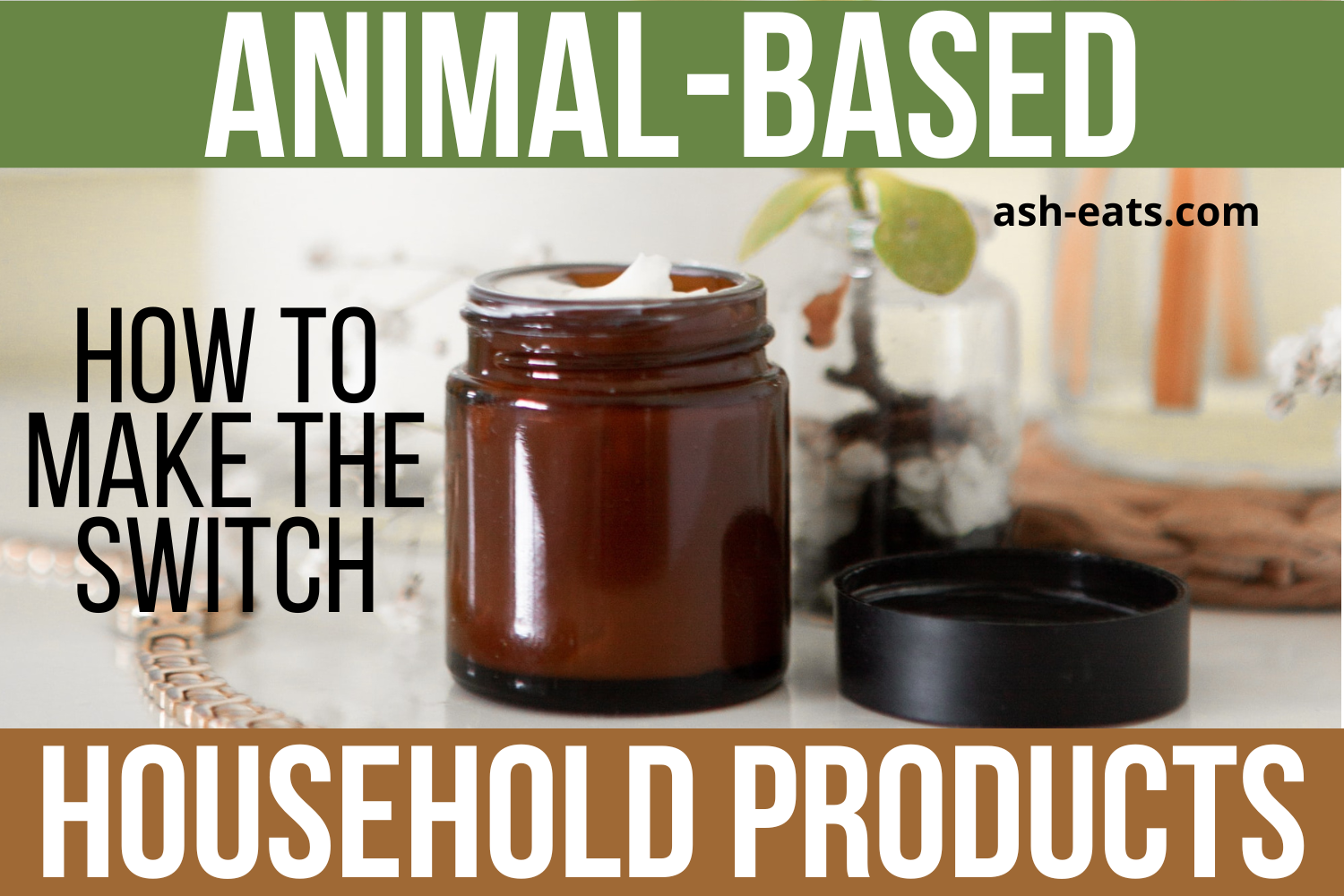


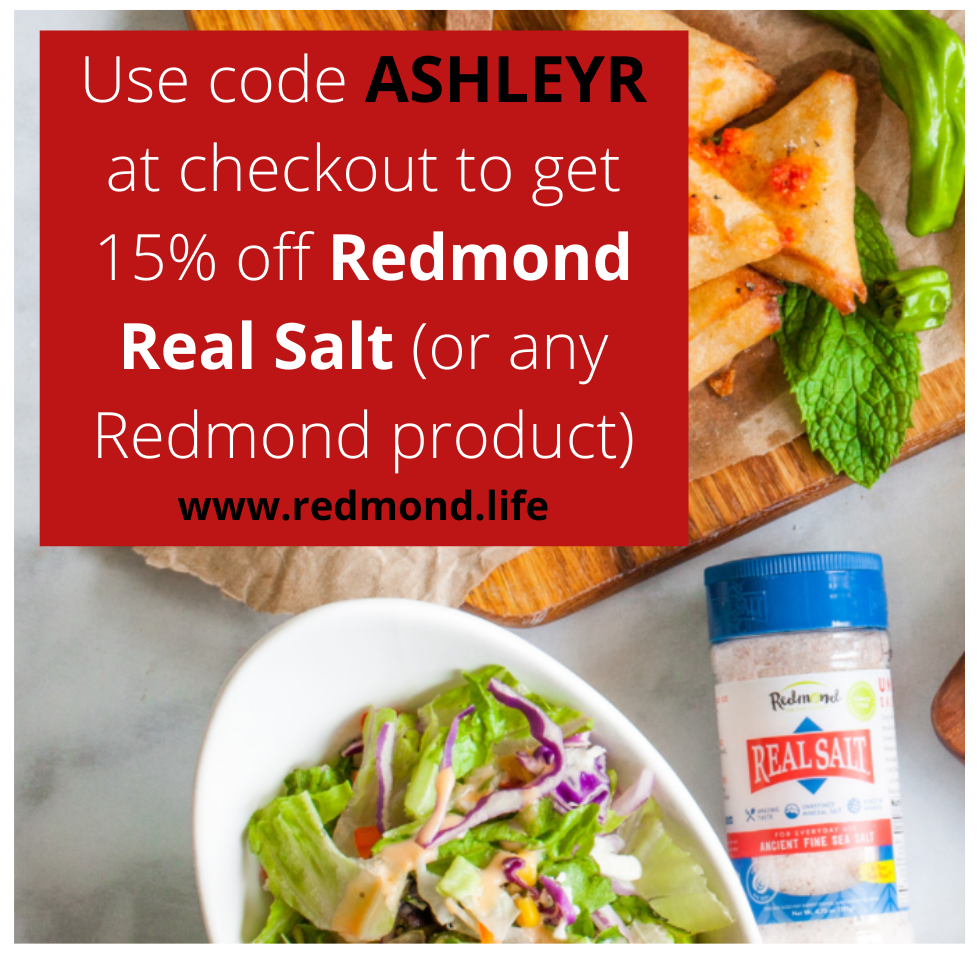



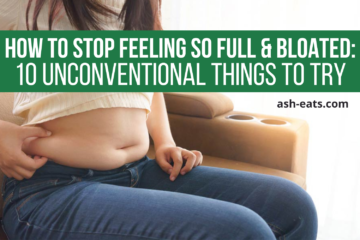
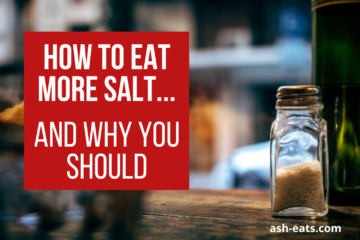


I know that this is an older blog post, but hopefully it helps.
For pets try Hemp/ Organic Cotton fabric beds and bedding it cleans easily, and wears well. The inserts are usually cotton/ Hemp fabric waste or wool. Finding a maker isn’t easy, so when my new dog arrives I will be sewing up a storm to make sure that she is comfortable. =)
For sleep, I honestly can’t sleep without my Hemp/ Organic Cotton bedding, I find that it keeps me cool in our Australian summers and ‘snugly’ in the other seasons. Although, here in Queensland there really are only two seasons ‘boiling hot and not so hot’. 😉
Hemp has the amazing ability to wick away moisture, while the organic cotton helps to keep stability in the weaving process. The mixture these two are awesome, I lovely wearing clothes made from natural fabrics due to allergies and hemp is one of those ‘wow’ finds.
Have a blessed week. =)
Cheers,
Janet =)